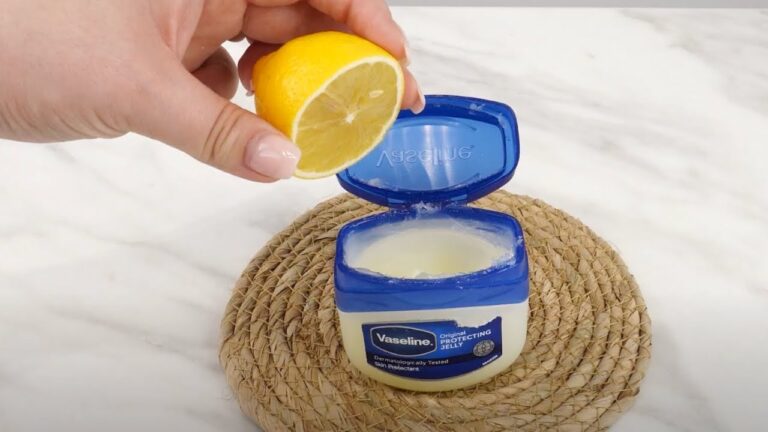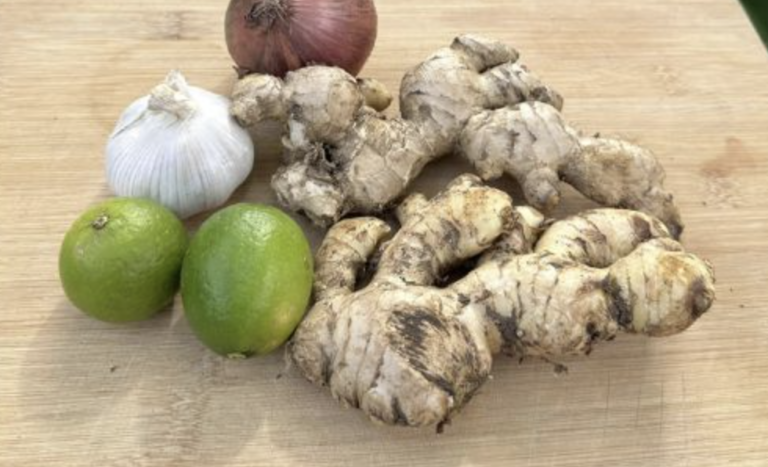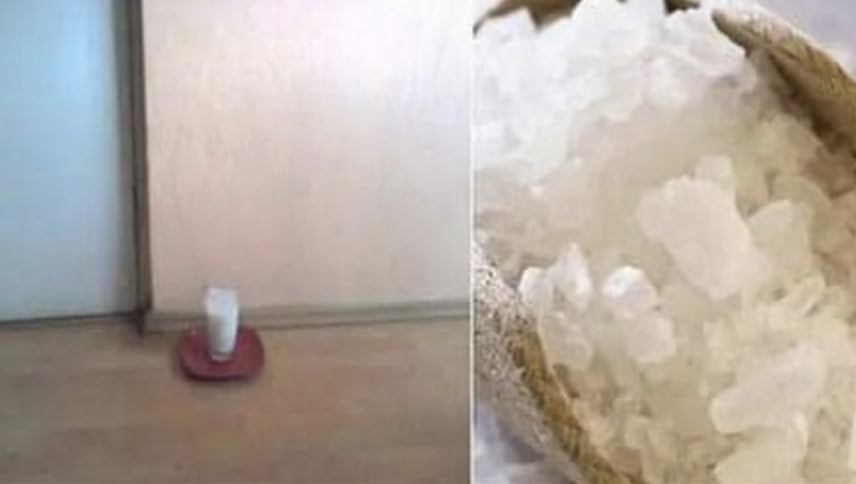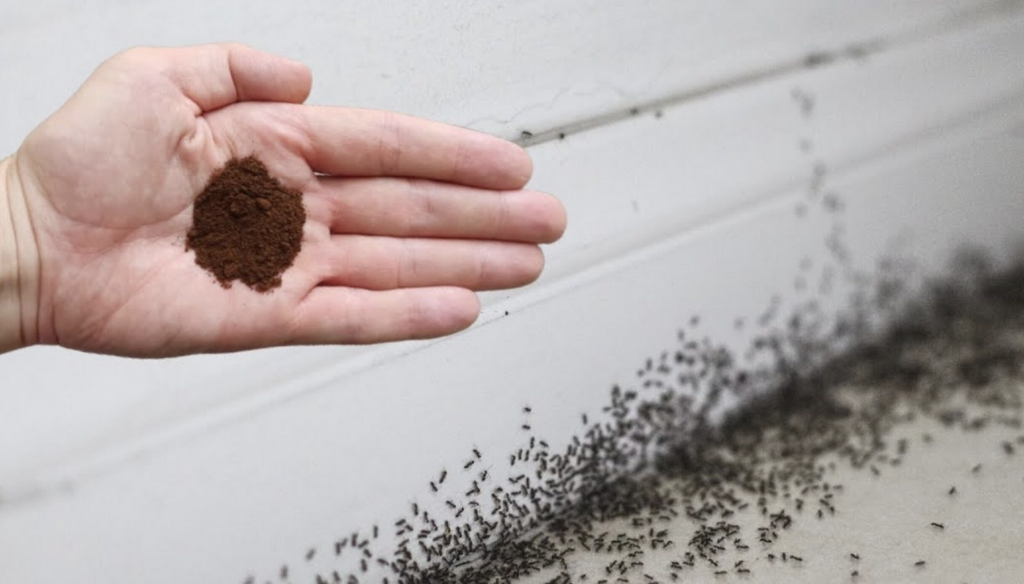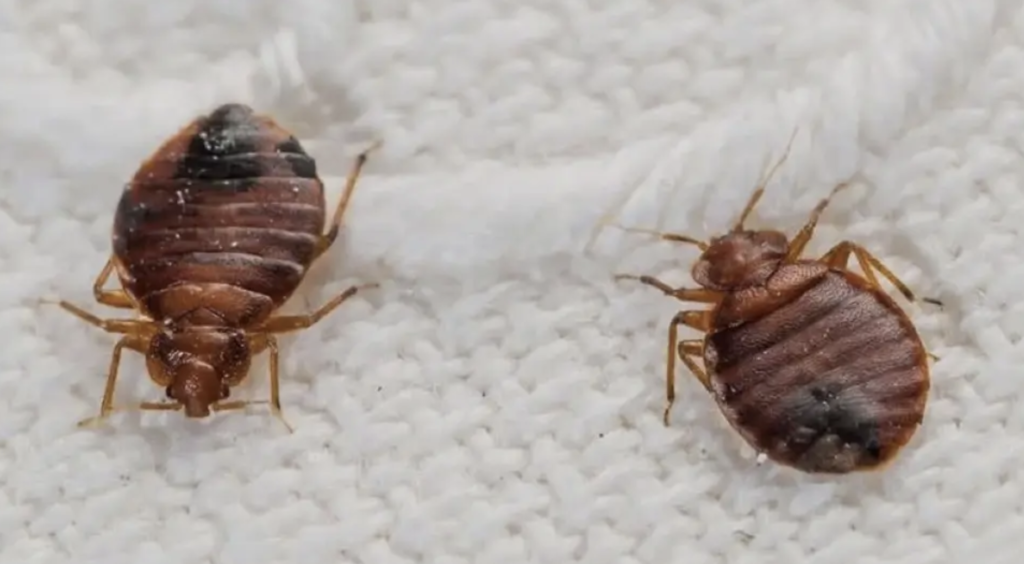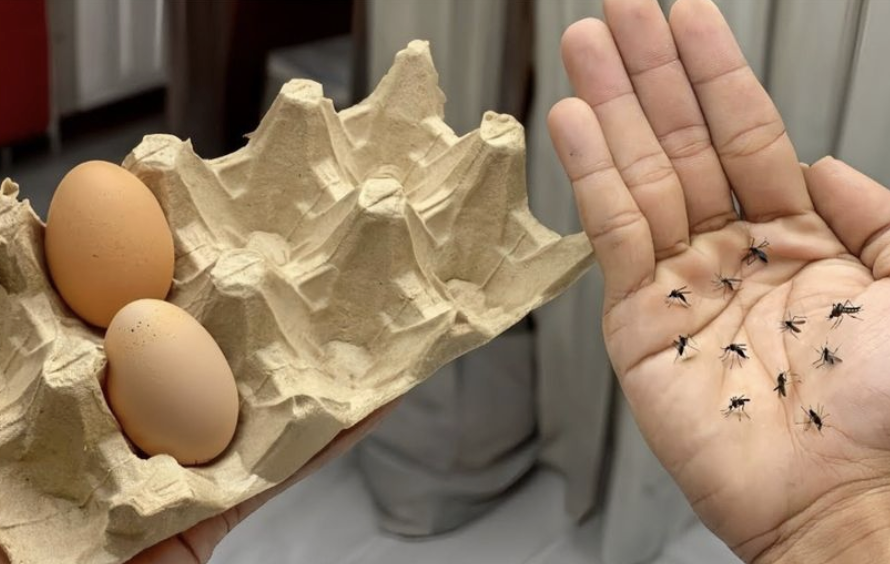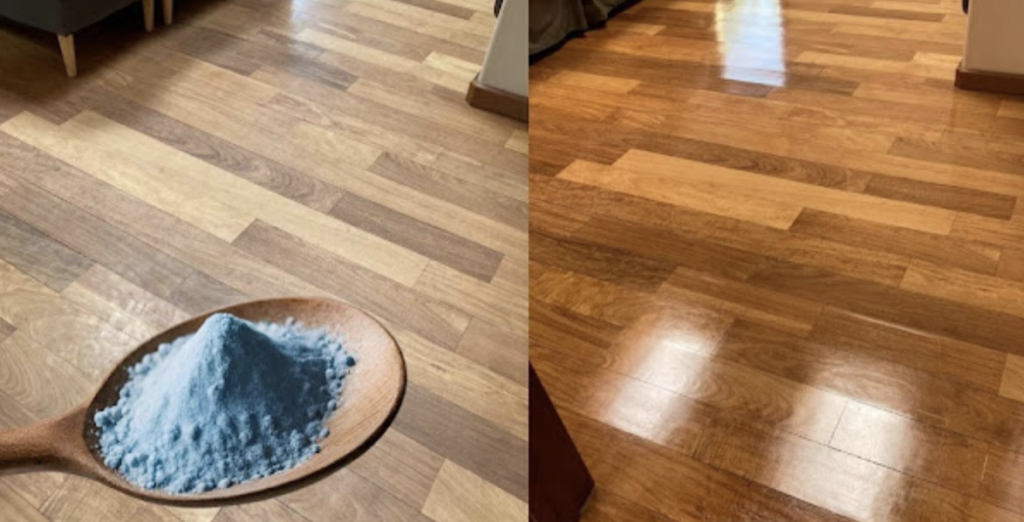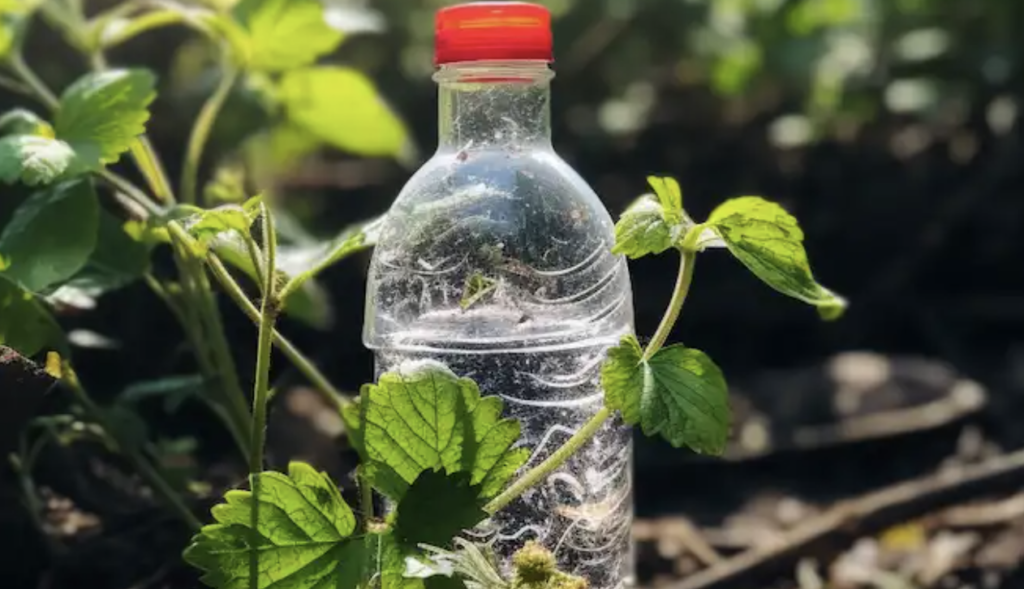Everyone wants radiant, healthy skin—but expensive creams and treatments aren’t always the answer. What if we told you that two simple kitchen and medicine-cabinet staples, Vaseline and lemon, could be your skin’s best friends?
This easy, natural remedy has gained popularity for brightening dull skin, fading dark spots, and locking in moisture. But does it really work? And how should you use it safely? Let’s break it down.
Why Vaseline & Lemon Work Together
1. Vaseline: The Ultimate Moisture Lock
Vaseline (petroleum jelly) is a powerful occlusive, meaning it seals in moisture and prevents water loss. It won’t clog pores when used correctly and helps repair dry, flaky skin.
2. Lemon: Nature’s Brightening Agent
Lemon juice is rich in vitamin C and citric acid, which gently exfoliate, lighten dark spots, and promote an even skin tone. However, it can be drying, so combining it with Vaseline balances its effects.
How to Use Vaseline & Lemon for Glowing Skin
What You’ll Need:
- 1 tsp Vaseline (pure petroleum jelly)
- ½ tsp fresh lemon juice (not bottled—it may contain preservatives)
Steps:
- Mix Well – In a small bowl, blend Vaseline and lemon juice until smooth.
- Patch Test – Apply a tiny amount on your wrist or behind the ear. Wait 24 hours to check for irritation.
- Apply at Night – Gently spread a thin layer on clean skin (avoiding the eye area).
- Leave On or Rinse?
- For dry skin: Leave it on overnight.
- For sensitive skin: Rinse after 20-30 minutes.
- Moisturize & Protect – Always follow up with sunscreen in the morning (lemon increases sun sensitivity).
Best Results?
- Use 2-3 times a week (overuse can cause dryness).
- Expect brighter skin in 2-4 weeks with consistent use.
Precautions & Who Should Avoid It
- Not for sensitive or acne-prone skin (lemon can irritate).
- Avoid if you have open cuts or eczema.
- Never skip sunscreen—lemon makes skin more photosensitive.
Final Verdict: Does It Work?
Yes—but moderation is key. This combo is great for gentle exfoliation and hydration, but it’s not a miracle fix. For stubborn pigmentation, consult a dermatologist.
Want glowing skin on a budget? Give this Vaseline-lemon hack a try!
